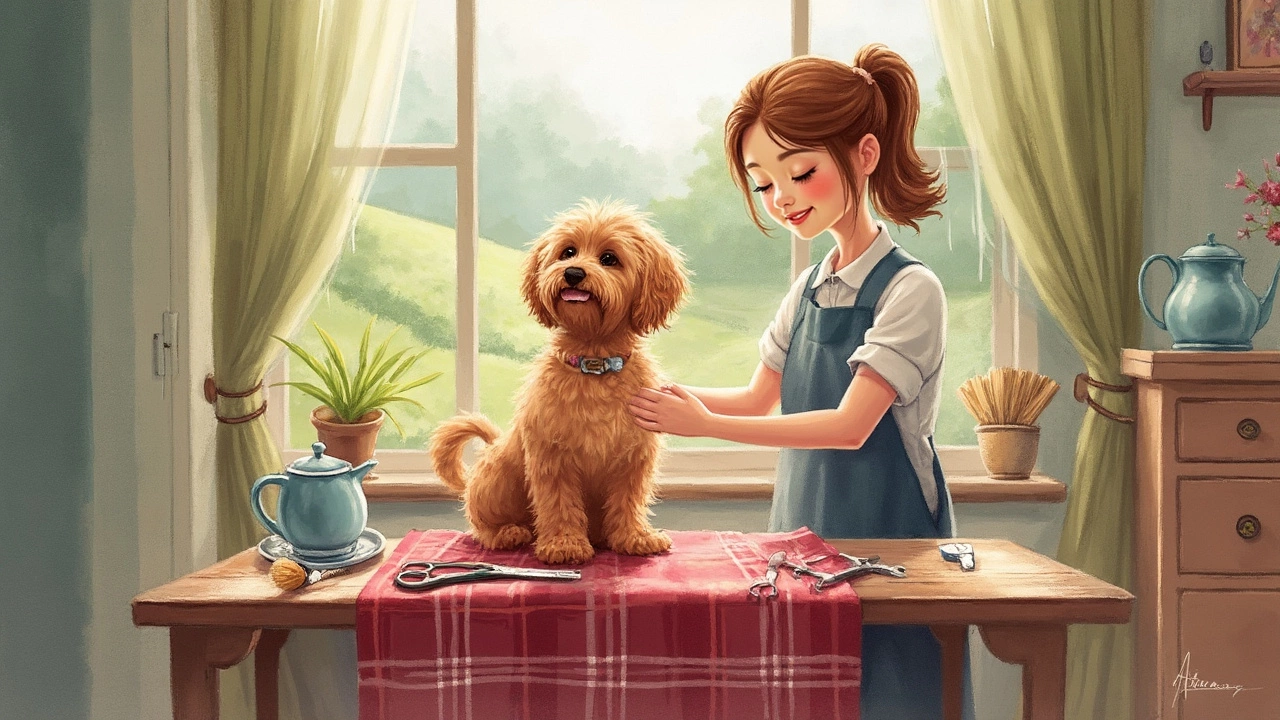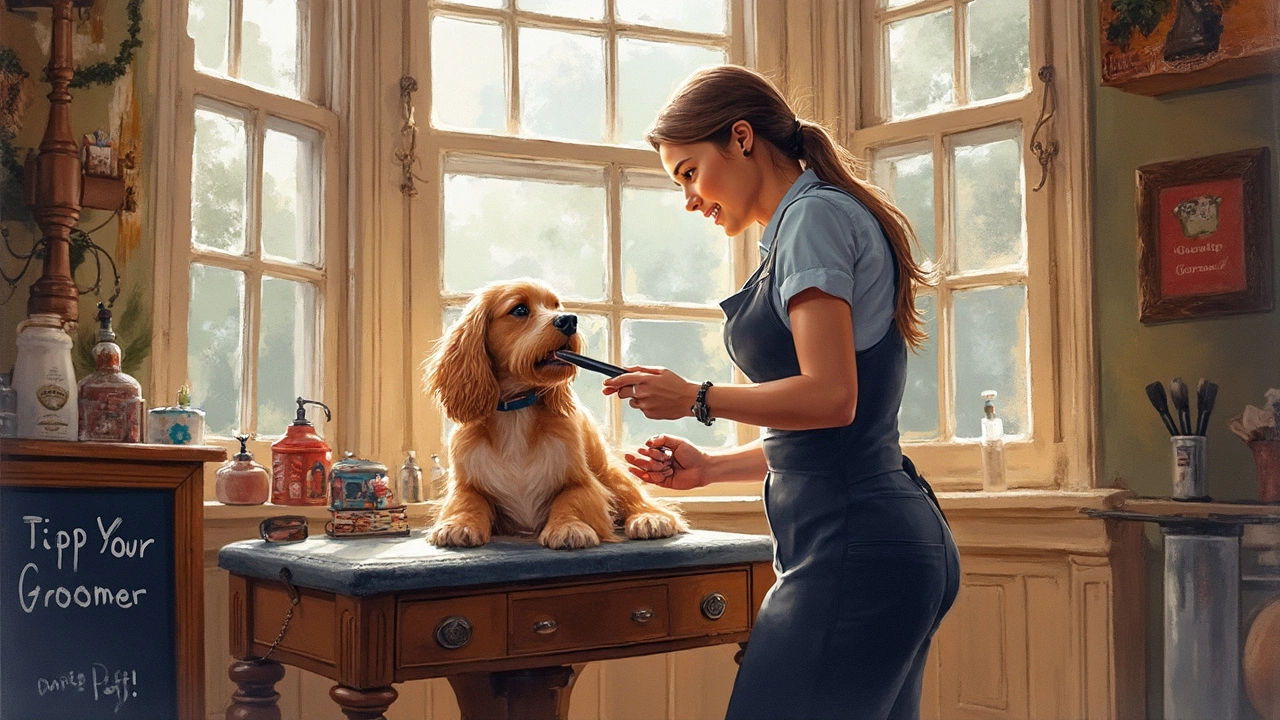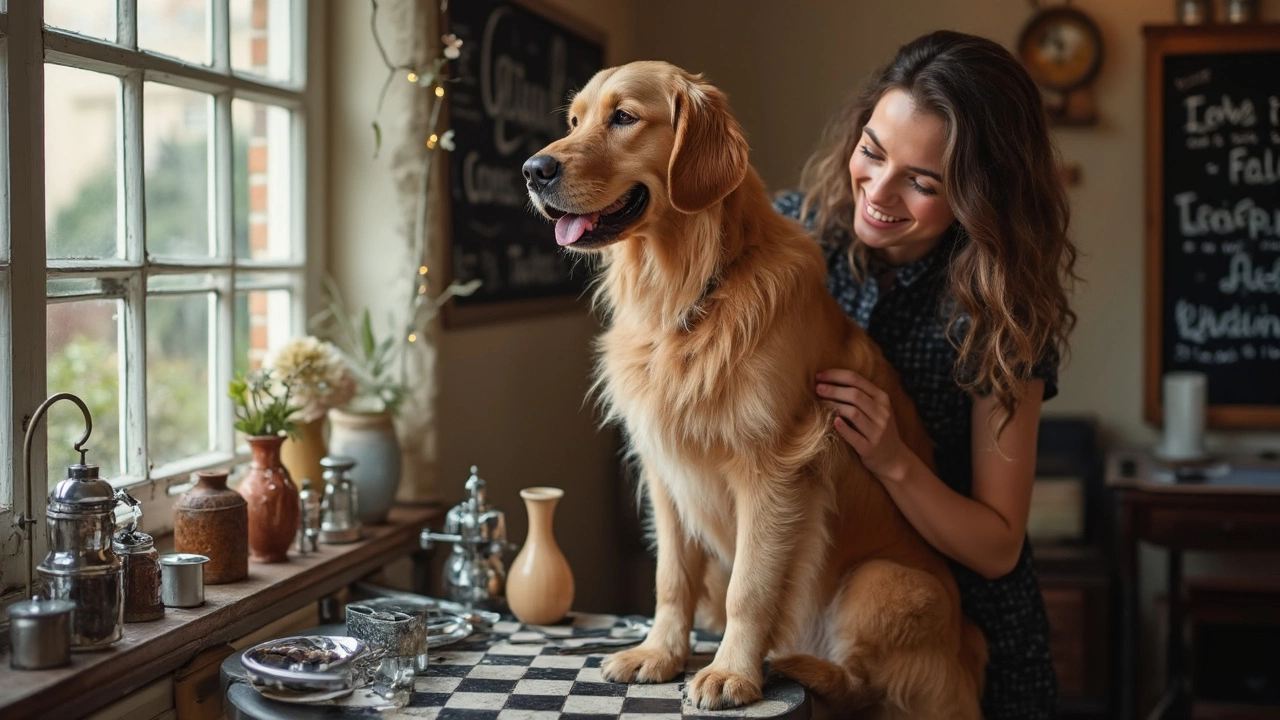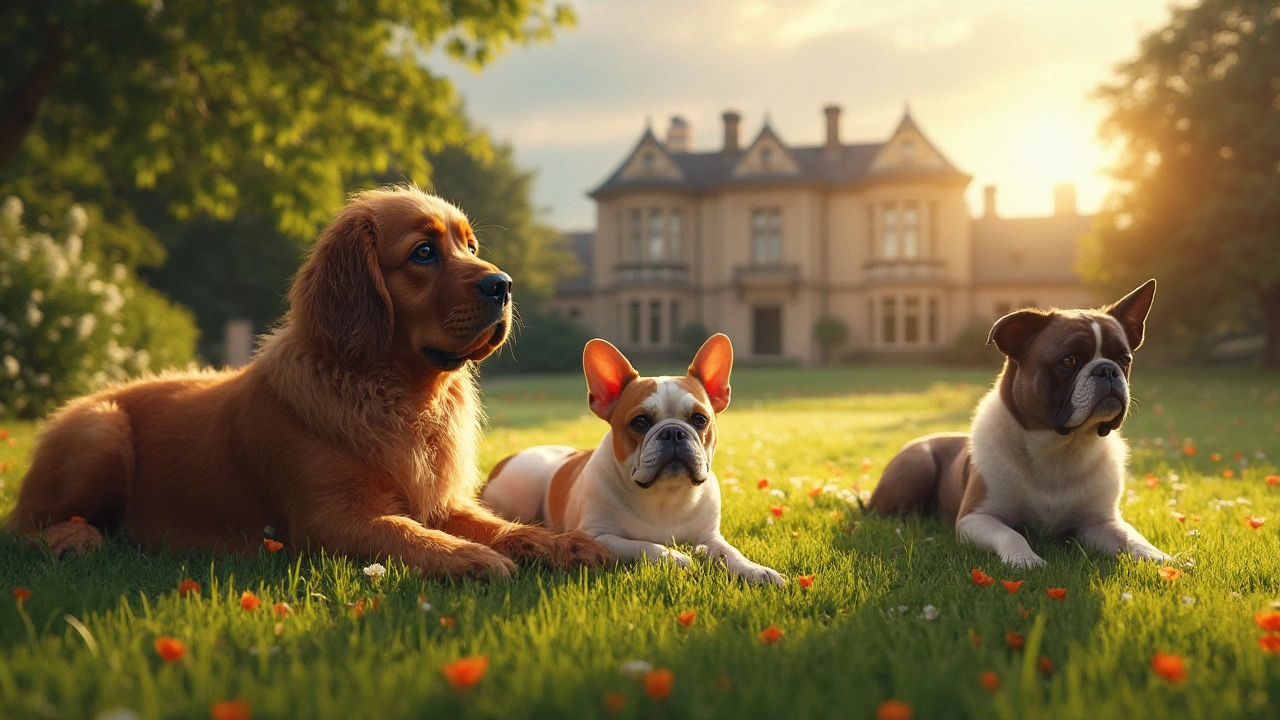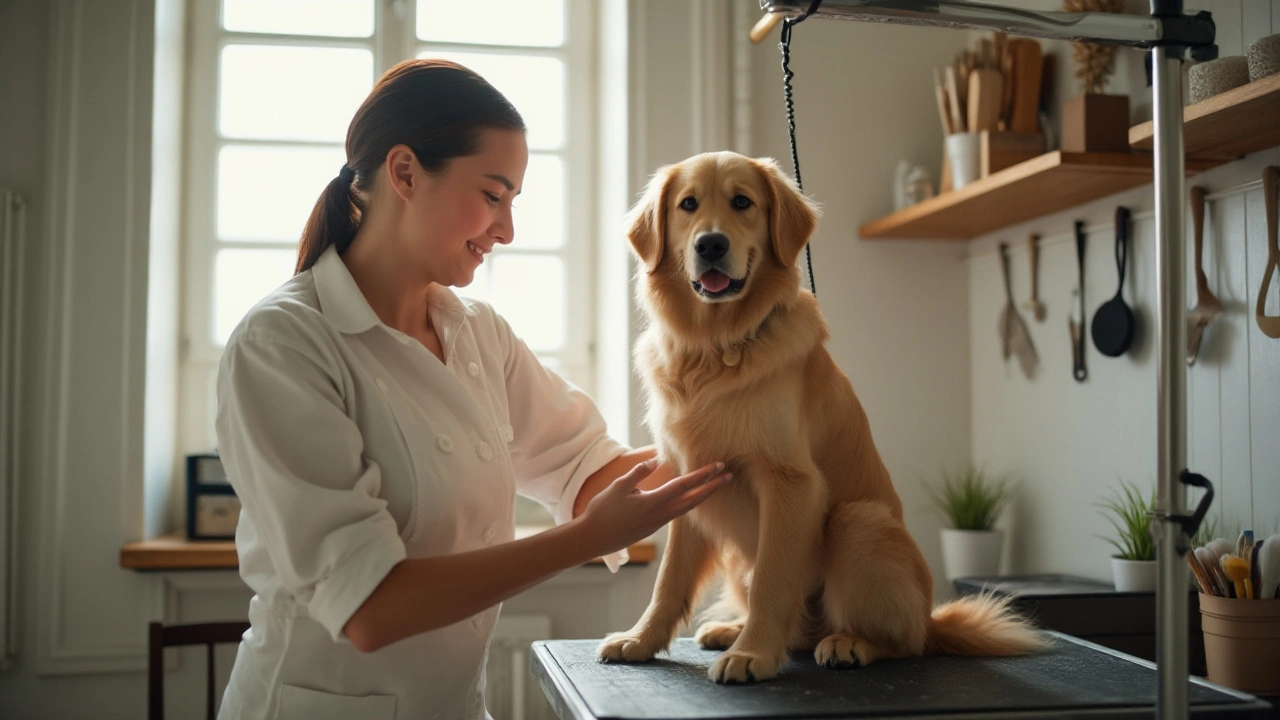Dog Grooming: Simple Tips to Keep Your Pup Looking Great
Grooming isn’t just about a cute haircut – it’s a daily health check and a bonding moment. Whether your dog has a short, wiry coat or a long, flowing mane, the right routine can stop mats, reduce shedding, and keep skin problems at bay. Below you’ll find the basics you need to start grooming confidently, even if you’re a total beginner.
Essential Grooming Tools You Need
Before you pick up the brush, make sure you have the proper gear. A few quality tools beat a whole drawer of cheap stuff:
- Brush or comb suited to coat type: Slicker brushes work great for double‑coated breeds like Labradors, while a bristle brush is perfect for short‑haired dogs.
- Grooming scissors: Straight scissors trim body hair, and a curved pair helps around the paws and face.
- Nail clippers or a grinder: Dogs hate the sound of a nail clipper, so a low‑noise grinder can be a game‑changer.
- Dog‑safe shampoo and conditioner: Pick a mild, pH‑balanced formula. If your pup has skin sensitivities, look for oat or aloe‑based products.
- Towel and a low‑velocity dryer: A quick dry prevents chills and makes the coat easier to brush.
Invest in these staples once and you’ll be ready for any grooming session. You don’t need a fancy grooming table at home – a non‑slip mat on the floor works just fine.
Step‑by‑Step Grooming Routine
1. Set the mood. Dogs pick up on your energy. Speak calmly, give treats, and keep sessions short (5‑10 minutes) at first. If your pup shows signs of stress – lip licking, yawning, or trying to run – pause and give a break.
2. Brush before the bath. Brushing removes loose hair and detangles mats, making washing easier. Start at the tail and work forward, using gentle strokes.
3. Bath time. Wet the coat with lukewarm water, apply a small amount of shampoo, and lather from neck to tail. Avoid the eyes and ears. Rinse thoroughly; leftover soap can cause itching.
4. Condition (optional). If your dog has a thick or curly coat, a conditioner adds slip and reduces breakage. Leave it on for a minute, then rinse.
5. Dry. Pat the fur with a towel first, then use a low‑heat dryer on a low speed. Keep the dryer moving to avoid overheating any spot.
6. Final brush. Once the coat is mostly dry, give it another brush to smooth out any remaining tangles and to check for skin issues like hot spots or ticks.
7. Trim nails. Clip only the tip, avoiding the quick (the pink line inside the nail). If you’re unsure, a grinder is safer because you can gradually shave off a little at a time.
8. Clean ears and eyes. Use a vet‑approved ear cleaner on a cotton ball – never insert anything deep into the ear canal. Wipe eyes with a damp cloth to remove discharge.
Following these steps once a month keeps most coats in shape. Short‑haired dogs may need brushing only once a week, while double‑coated breeds often benefit from a bi‑weekly routine.
If your dog whimpers or seems anxious during grooming, check out our post “Do Dogs Cry During Grooming?” for deeper insight on calming techniques. Simple tricks like a calming pheromone spray, a quiet room, and plenty of praise can turn grooming into a positive habit.
Remember, consistency is key. A quick, pleasant grooming session each week builds trust and helps you spot health issues early. Grab your brush, keep treats handy, and enjoy the extra snuggles that come after a fresh groom.
Dog Haircuts: Should You Cut Your Dog's Hair Wet or Dry?
Ever wondered if it's better to cut your dog's hair when it's wet or dry? This article tackles the pros and cons of each method, offering real-world grooming tips to help you decide. You'll find out what professional groomers do, how different coat types react, and what mistakes to avoid. Plus, get time-saving tricks if you're grooming at home. Whether your dog's sporting a curly coat or sleek fur, there are smarter, safer ways to handle trims.
Should You Tip a Dog Groomer? A Handy Guide
When it comes to tipping dog groomers, there's often a debate about whether it's necessary. This article unravels the mystery, providing practical tips and insights on when and how much you should tip. We'll explore industry standards, share some anecdotes and offer helpful advice if you're indecisive. Knowing the ins and outs of tipping can ensure both you and your pooch have a pleasant grooming experience.
How Much Should You Tip a Groomer at PetSmart?
Tipping your pet's groomer at PetSmart can be a bit of a head-scratcher. How much is considered fair? In this article, we'll break down the proper etiquette for tipping dog groomers and offer insights into what most customers typically do. We'll also discuss why tipping is appreciated and even share some tips for making the trip more pleasant for your pets. Whether you're new to pet ownership or an experienced dog parent, you'll find useful advice here.
The $50,000 Dog: Why Some Breeds Come with a Hefty Price Tag
Some dog breeds come with a staggering price tag of $50,000 due to their rarity, pedigree, and unique features. This article explores what makes these dogs so expensive, offering insights into their grooming needs, unique traits, and the financial commitment involved. Find out how to care for these pricy pups and what to expect when you bring one into your home. This guide is packed with tips for both seasoned dog owners and those thinking of investing in a high-end breed.
The Art of Dog Restraint in Grooming: Techniques and Insights
Dog grooming requires more than just a brush and scissors; it involves techniques to safely and humanely restrain dogs to ensure both the dog's and the groomer's safety. This article explores the common methods groomers use to keep dogs still, the reasons behind each technique, and how they maintain a stress-free environment. Readers will gain insights into professional approaches and tips to try at home for a smooth grooming experience.
